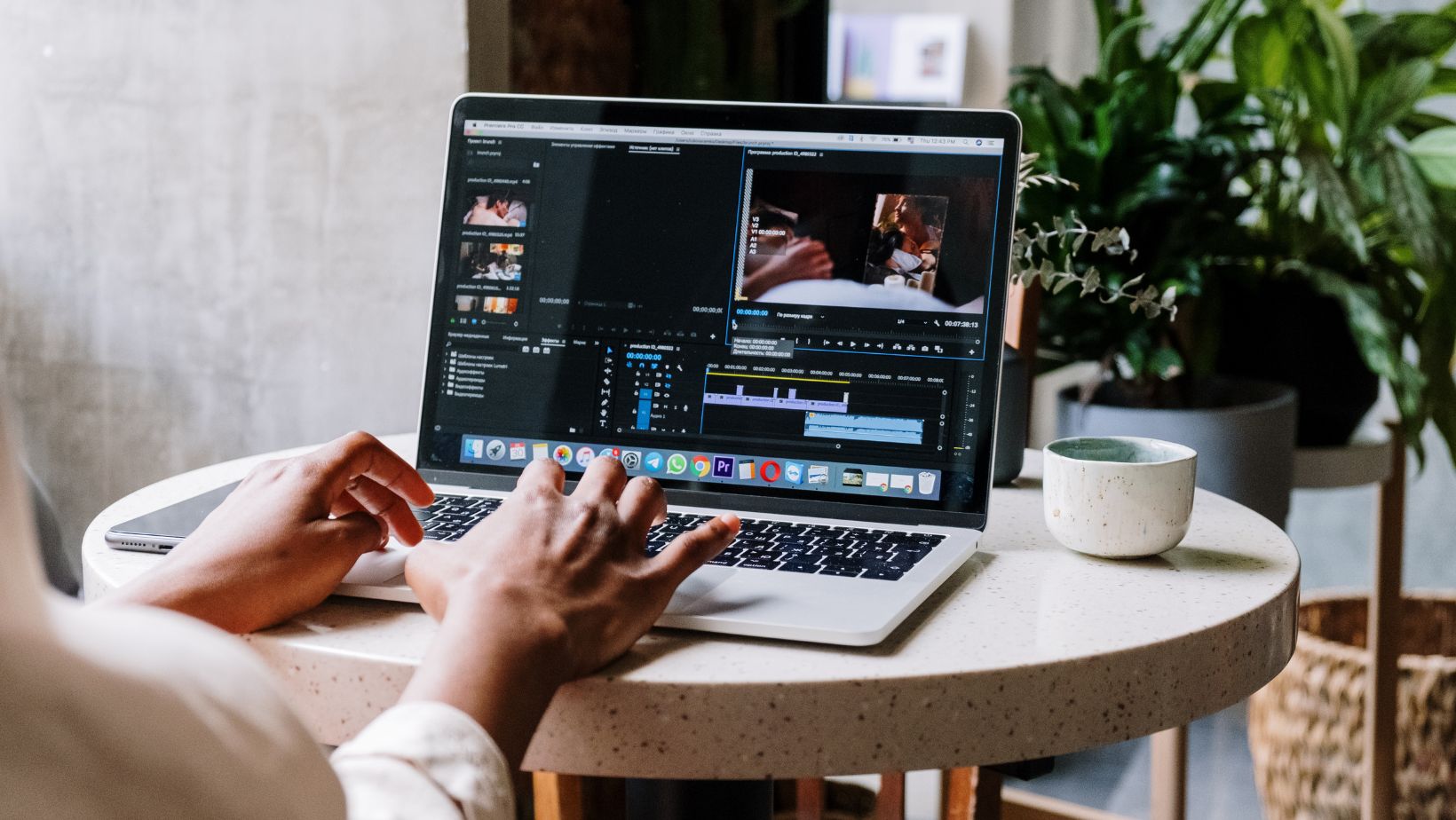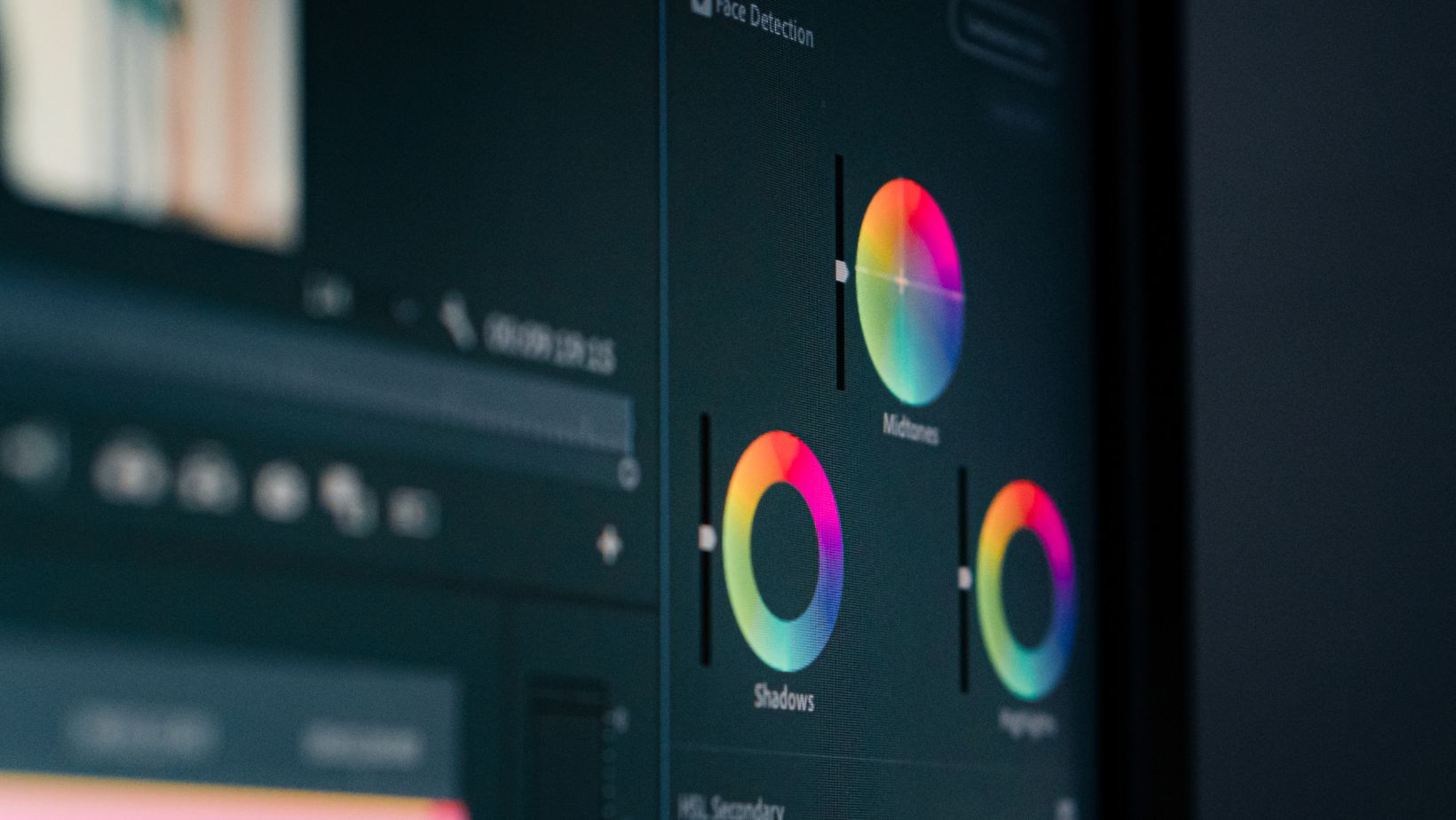Table of Contents
ToggleHow to Color Fill in Illustrator
Once selected, navigate to the Color panel or Swatches panel where you can choose your desired color.
Next, it’s time to apply the color fill. With your object still selected, go ahead and click on the “Fill” icon in either the Control panel or Tools panel located at the top of your workspace. This will activate the Fill attribute for that particular object. You can then select a predefined swatch from your Swatches panel by clicking on it, or manually adjust the color using various options available in the Color panel.
Alternatively, if you have a specific color in mind that is not present in your existing swatches, you can create custom colors in Illustrator. Simply access the Color Picker by double-clicking on any swatch in either panel mentioned earlier. From there, you can enter specific values for hue, saturation, and brightness (or use other modes like RGB or CMYK) until you achieve your desired shade. Once satisfied with your custom color selection, click OK and it will automatically be applied as a fill for your selected object.
Choosing The Right Color Fill in Illustrator
Selecting The Base Color
The first step in choosing the right color fill is selecting a suitable base color. This base color will act as a foundation for your design and set the overall tone. Consider these factors when choosing your base color:
- Purpose: Determine the purpose of your illustration and the emotions you want to evoke. For example, warm colors like red and orange can create a sense of energy and excitement, while cool colors like blue and green evoke calmness or tranquility.
- Branding: If you’re working on a project that represents a brand or organization, consider incorporating their brand colors into your design to maintain consistency.
- Contrast: Ensure there is enough contrast between elements within your illustration to enhance readability and visual appeal. Experiment with different shades and intensities of your chosen base color to achieve an optimal balance.
Exploring Different Fill Options
Once you have selected your base color, it’s time to explore various fill options within Illustrator. Here are some options worth considering:
- Solid Color Fill: The simplest option is using a solid color fill throughout your illustration. This approach works well when aiming for simplicity or creating bold statements.
- Gradient Fill: Gradients add depth and dimensionality to artwork by smoothly transitioning between two or more colors. Experiment with different gradient styles such as linear, radial, or angular gradients to achieve desired effects.
- Pattern Fill: Illustrator offers an extensive library of patterns that can be used as fills for objects or shapes within your design. Patterns allow for intricate details and textures that can enhance visual interest.
Using The Eyedropper Tool
The Eyedropper tool in Illustrator is a powerful tool that allows you to sample colors from existing objects or images. This tool can be used to select the perfect color fill by matching it with other elements in your design or maintaining consistency across multiple illustrations.
To use the Eyedropper tool, simply select the object you want to apply the color fill to and click on the desired color within your artwork. The selected color will then become your new fill.

Understanding The Color Fill Options
When it comes to coloring in Adobe Illustrator, there are a variety of options available to achieve the desired effect. Understanding these color fill options can help you take your designs to the next level. Let’s dive into some key aspects:
- Solid Color Fill: The most basic and straightforward option is the solid color fill. It allows you to apply a single, consistent color to an object or shape in your artwork. Simply select the object, choose a color from the swatches panel, and apply it as a fill.
- Gradient Fill: If you want to add more depth and visual interest to your design, gradient fills are perfect for achieving that effect. With gradient fills, you can smoothly blend two or more colors together across an object or shape, creating a seamless transition between shades.
- Pattern Fill: Patterns offer a great way to add texture and repetition to your artwork. Illustrator provides pre-made patterns that you can easily access through the swatches panel or create custom ones using shapes or images as tiles.
- Texture Fill: Texture fills allow you to give your objects or shapes a realistic surface appearance by applying textures such as wood grain, fabric weave, or stone patterns. You can either use one of Illustrator’s built-in textures or import your own texture files.
- Image Fill: Another exciting option is applying images as fills in Illustrator. This enables you to incorporate photographs or illustrations into your designs seamlessly. Select an object, go to the swatches panel, click on “Open Swatch Library,” and choose “Other Library” – then locate and select the image file you want as fill.
In conclusion, mastering the art of color filling in Illustrator can greatly enhance your design projects. By following the step-by-step process outlined earlier in this article, you’ll be able to effortlessly add vibrant and visually appealing colors to your illustrations. Remember, practice makes perfect! Don’t be afraid to experiment with different techniques, brushes, and blending modes within Illustrator. The more you explore and push boundaries, the more proficient you’ll become in achieving captivating color-filled designs.







